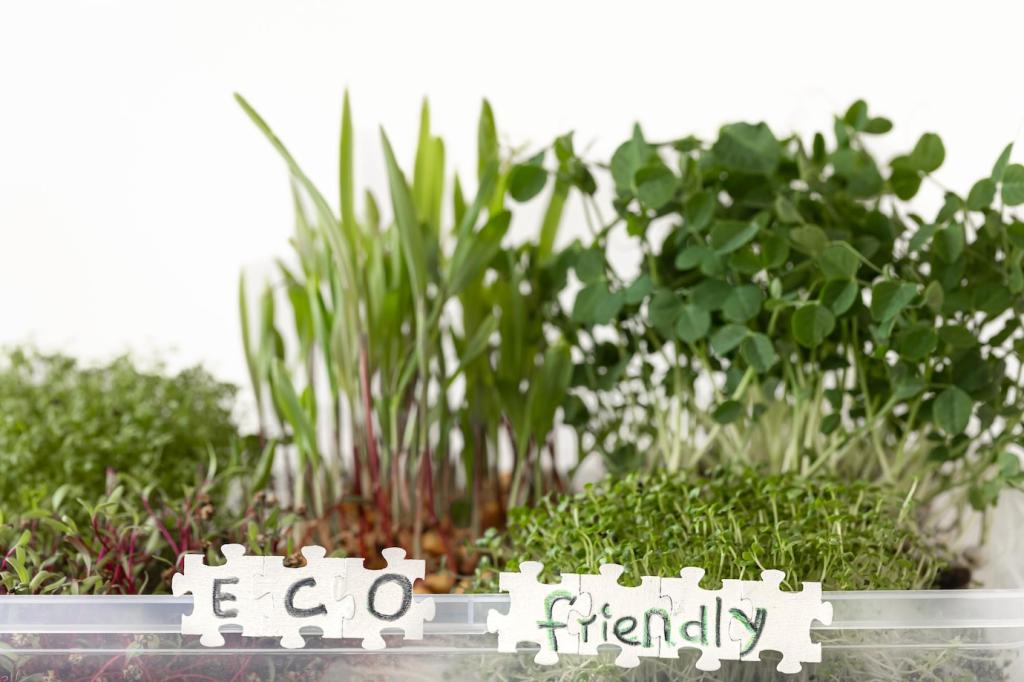Fixing Leaks and Preventive Care
Turn off all water, watch the meter’s low-flow indicator, and wait two hours without use to confirm. Add food coloring to toilet tanks to spot silent leaks. Report your findings in comments and compare with neighbors’ results for perspective.
Fixing Leaks and Preventive Care
Replace worn washers, tighten packing nuts, and use plumber’s tape on threaded joints. For slab leaks or persistent damp walls, call a licensed professional. Share which repair intimidated you most and how you overcame it with patience.









